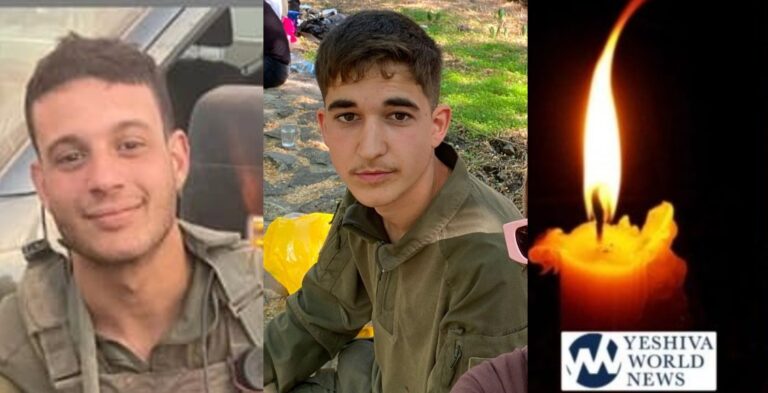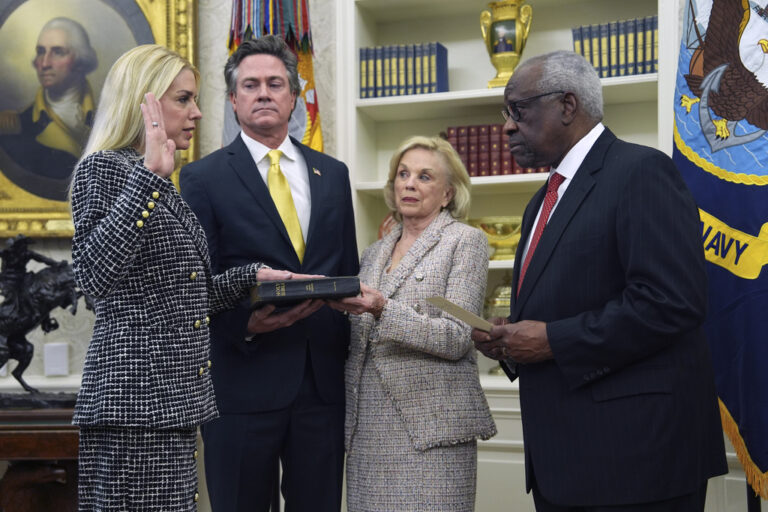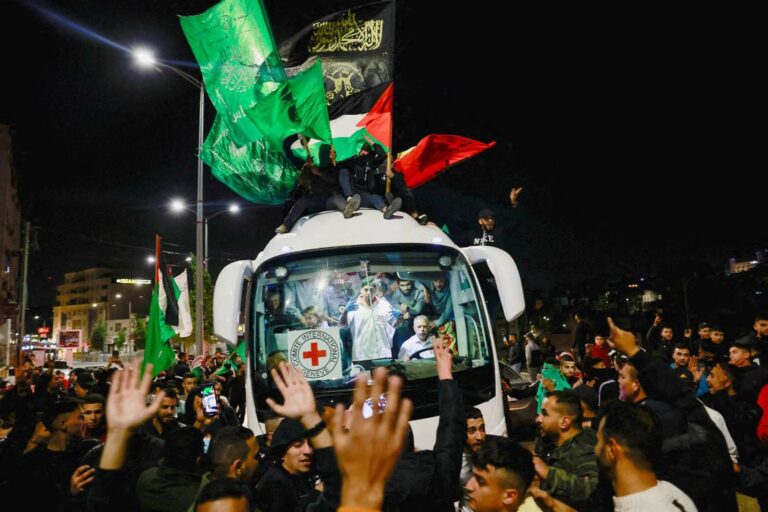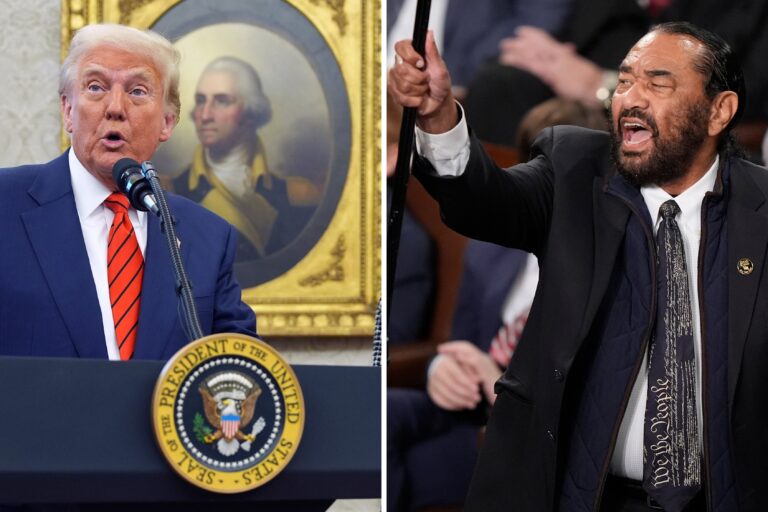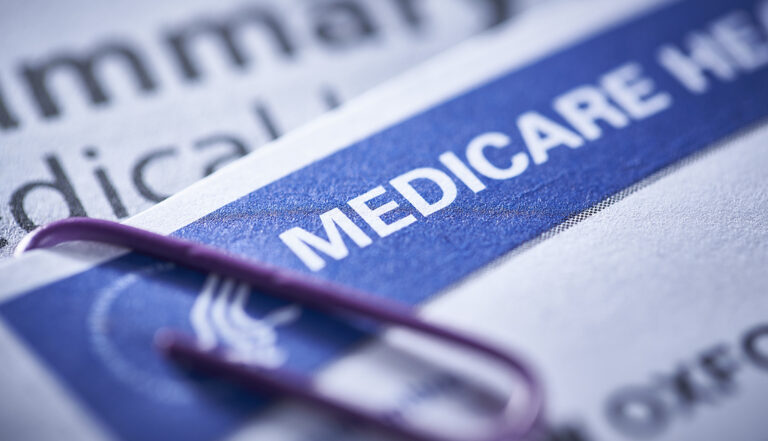 Citing alarming increases in Emergency Medical Service (EMS) response times in both Queens and throughout the city, Assemblyman Phil Goldfeder (D – Howard Beach) is calling for the installation of traffic preemption systems to allow FDNY, volunteer fire department and other EMS vehicles to control traffic lights during emergence responses. Assemblyman Goldfeder’s request comes over a year after the Queens legislator urged the city Department of Transportation to install the systems on the Rockaway Peninsula and in communities around St. John’s Episcopal, the area’s only operating hospital.
Citing alarming increases in Emergency Medical Service (EMS) response times in both Queens and throughout the city, Assemblyman Phil Goldfeder (D – Howard Beach) is calling for the installation of traffic preemption systems to allow FDNY, volunteer fire department and other EMS vehicles to control traffic lights during emergence responses. Assemblyman Goldfeder’s request comes over a year after the Queens legislator urged the city Department of Transportation to install the systems on the Rockaway Peninsula and in communities around St. John’s Episcopal, the area’s only operating hospital.
“During an emergency, every second counts. Red lights and traffic jams can mean life or death for patients en route to the hospital. Traffic conditions also put emergency responders at risk of accidents and jeopardize valuable emergency response vehicles. Installing traffic preemption systems in the city can reduce response times and help save lives. I urge the city to act immediately and put this technology to use,” said Assemblyman Phil Goldfeder.
In a letter to DOT Commissioner Polly Trottenberg, Assemblyman Goldfeder requested that the city install Traffic Signal Preemption systems at major intersections citywide. This, Goldfeder wrote, would allow emergency vehicles to control traffic lights while passing through intersections on emergency calls. The Assemblyman cited recent reports of increases in EMS response times in Queens and around the city.
According to the most recent Queens Performance Indicator statistics provided by FDNY, EMS response times in the borough averaged 8:36 overall and 7:27 for cardiac arrests, choking and other life-threatening medical emergencies during the month of August. The same reports show a 20 second increase in response times for life-threatening emergencies over the same period last year. In the Bronx, current overall response times reached nearly 11 minutes last month, the highest in the city.
Emergency Vehicle Preemption (EVP) systems have a long history of reducing EMS response times and operating costs in cities around the country. According to a 2006 report by the Federal Highway Administration (FHA), roughly 20% of traffic signals in the 78 largest metropolitan areas across the country are equipped with EVP technologies. This technology is also employed at intersections in nearby Nassau County, Goldfeder noted.
Currently, various EVP technologies exist and can employ traffic signal-mounted infrared, sound or radio-based systems. Using equipment installed in emergency vehicles, first responders can trigger traffic lights as they approach intersections. The cost of installing and maintaining the systems ranges depending on the equipment used and the number of intersections installed with the equipment.
The FHA report cited three cases in particular – St. Paul, Minnesota, Fairfax County, Virginia, and Plano, Texas – where EVP is used at every intersection. The report found that each municipality found reductions in response times and crashes involving EMS vehicles. In Plano, Texas, EMS vehicle intersection crashes were reduced from an average of 2.3 per year to less than one every five years. Municipalities also saw significant cost reductions as improved response times increased the efficiency of EMS stations, the report states.
EMS response times have long been a concern for Assemblyman Goldfeder. Last June, Goldfeder joined local volunteer fire departments and medical personnel to request EVP systems for intersections in Rockaway. At the time, Goldfeder emphasized that the nearest Level 1 Trauma Center for many Rockaway residents is at Jamaica Hospital Medical Center, nearly 20 miles away. Goldfeder’s renewed push for EVP traffic signals is part of efforts to improve overall emergency medical care for residents that have seen the closure of Peninsula Hospital in Rockaway and two major emergencies with Hurricane Irene in 2011 and Superstorm Sandy in 2012.
“We need to be proactive in our emergency response services,” concluded Goldfeder. “Our families deserve the best possible care during these life-threatening events.”
(YWN Desk – NYC)

